Women in Metalworking Machinery Manufacturing
When you think about metalworking machinery manufacturing, you might picture this industry as being a “males-only” industry. However, you would be sadly mistaken. While, indeed, there are more men that work in this particular industrial segment, women still make up a decent percentage of workers.
In fact, women started getting into manufacturing back during World War II (WWII) when men were being drafted for the war effort. Women started taking over many of the positions previously held by men. Globally, there was a significant increase in the number of women working in manufacturing from the period between 1940 through 1943.
Even Queen Elizabeth II did her part. She joined the UK’s armed forces and worked as a mechanic repairing military vehicles and was also a military truck driver! Here in the United States, “Rosie the Riveter” became an iconic image that promoted women’s roles in manufacturing during WWII.
Many women worked in factories building airplanes, military vehicles, and automobiles. Other women worked in machine shops as machinists producing related parts and components. While the dominance they established during WWII declined after the war, many women continued to work in manufacturing.
Today, women still make up around one-third of the workers in manufacturing. In fact, they have held steady at this rate since the 1970s, with little change. Some women have even started their own metal fabrication and machine shops!
What the Future Holds for Women
As technologies continue to advance, women will need to adapt just like their male counterparts. This means pursuing educational opportunities in computer programming, industry-specific software applications (i.e., CAD, CAM, etc.), and ongoing training to ensure they can operate advanced machinery.
The younger generation of women that is considering entering the metalworking industry needs to focus on STEM (Science, Technology, Engineering, and Math) coursework and related degree programs through trades schools and universities.
Women will be important to fill gaps being created as technologies continue to advance. Even as artificial intelligence (AI), robotics, and other automation continue to grow in manufacturing, the demand for skilled workers to operate the AI, robots, and machines will also continue to increase.
If the United States hopes to compete globally with other metalworking businesses, they will need to adapt by hiring more women. In fact, U.S. trade schools, universities, and businesses in metalworking manufacturing have started to take more of an interest in recruiting women and encouraging them to pursue careers in this field.
Just in two short years, schools have seen a jump in young women’s interests in going into manufacturing. In 2015, only 12% of women were actively working toward a career in manufacturing. Now, in 2017, this has grown to 29%. It is expected the rate will continue to grow over the next decade and could potentially reach as high as 50%.
Here at Quantum Machinery Group, we applaud women already working in manufacturing, and those women actively working toward a career in metalworking. For all of your metalworking machinery and equipment, please feel free to contact us at (909) 476-8007 today!
Sources
- https://en.wikipedia.org/wiki/Women_in_World_War_II
- https://en.wikipedia.org/wiki/American_women_in_World_War_II
- https://www.census.gov/newsroom/blogs/random-samplings/2017/10/women-manufacturing.html
- http://www.themanufacturinginstitute.org/Initiatives/Women-in-Manufacturing/~/media/3B9BF94AEF0A46A5B755D17F1F1336BC.ashx


